
The job of the product is to get that first win to establish trust and then create a loop with nudges for further engagement.
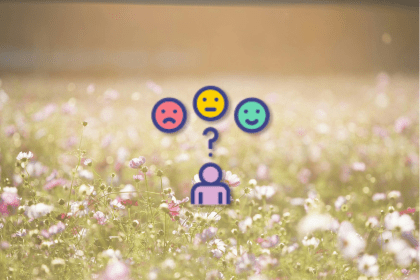
Customer behavior analysis (CBA) is the study of how individual customers, groups, or segments act when interacting with your product.

Customer sentiment is about understanding the customer. It delves into why customers behave the way they do and what matters to them.
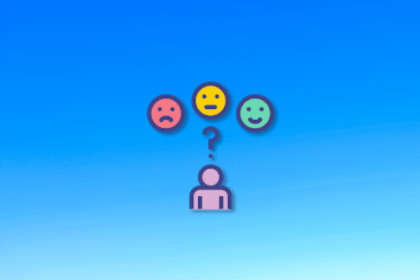
Improving your customer experience enhances customer satisfaction and boosts business growth and customer retention.
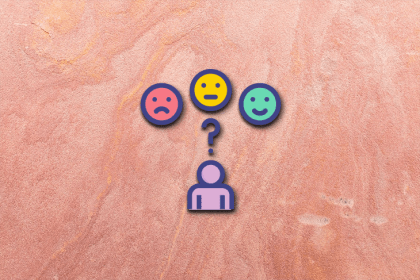
Consumer behavior is complex, but you can break down key elements or levers to give you insights.

The digital marketing funnel is a visual representation of the customer’s journey as it moves through online channels.

By prioritizing brand equity as a key driver of success, you can build enduring relationships with your customers.
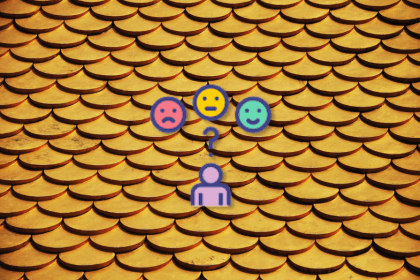
By ensuring you have a customer success strategy in place, your product is well on its way to being a hit.
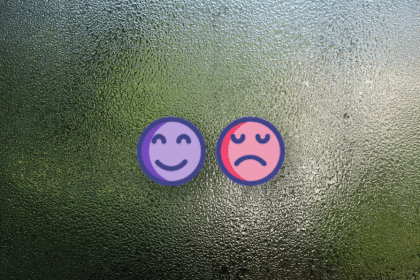
Customer experience metrics are metrics that you can use to determine how customers perceive their interaction with your product.
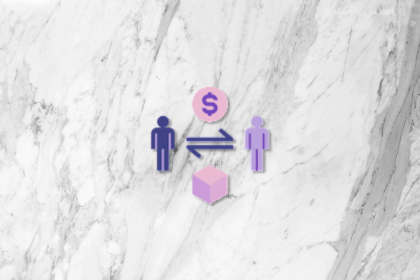
A customer acquisition strategy is a set of processes and tactics that aim to bring traffic to your product.

The digital customer experience (DCX) refers to the journey your customers embark on when they interact with your product.

A deep understanding of your customers helps you prioritize problems, define solutions, and adjust communications.